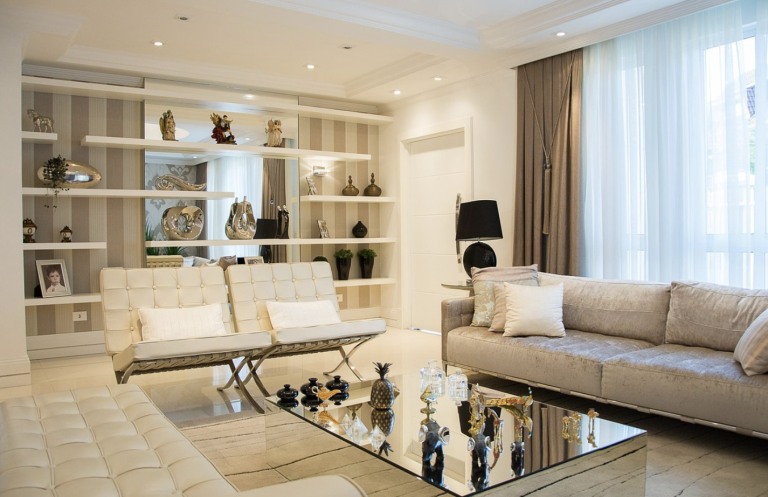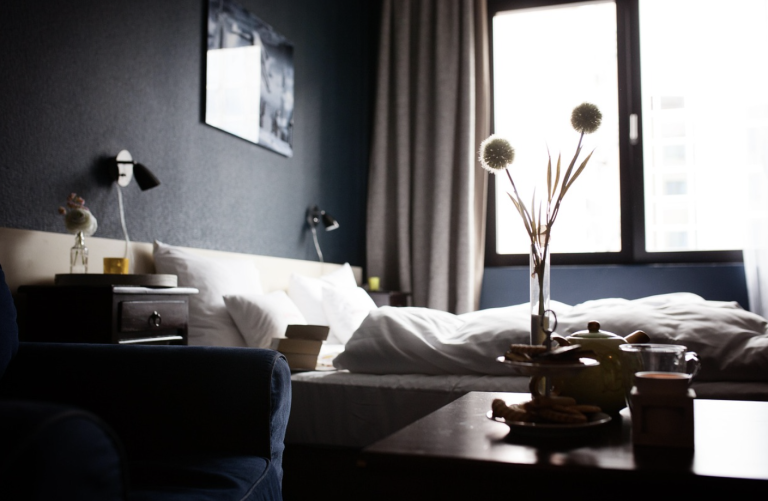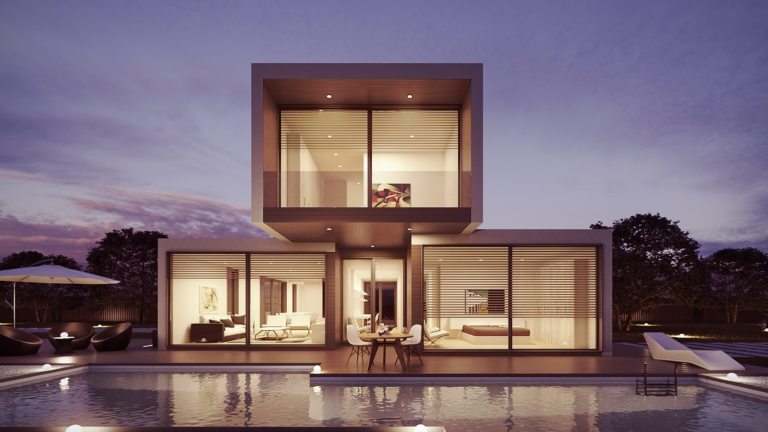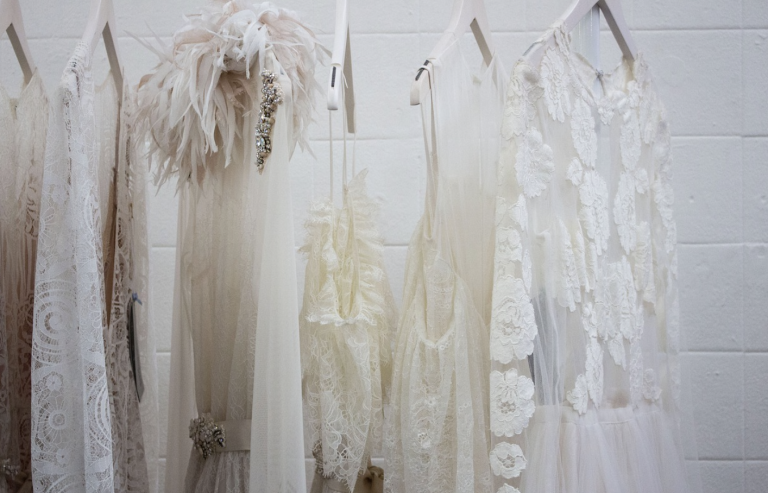
Introduction: The Art of Curating a Book Display
Books are more than just objects for reading—they are pieces of art, vehicles for imagination, and reflections of our personal taste. In today’s world, many people are rethinking the way they display their books at home. No longer relegated to simply sitting on shelves, books can be showcased as an integral part of a home’s aesthetic. Just like a gallery curator selects and arranges art to evoke a specific emotion or theme, you can use similar principles to display your books in a way that transforms your space.
Why Book Displays Matter in Interior Design
A thoughtfully arranged book display doesn’t just look good—it serves a larger purpose in your home’s overall design. Books, when displayed correctly, can add depth, texture, and color to a room. They introduce an element of sophistication while also being functional. After all, books aren’t just for reading; they’re objects of beauty, memory, and culture that shape our living spaces.
The Emotional Impact of Books in Your Home
Books create an ambiance, setting the tone for a room. Whether placed next to a cozy chair or scattered across a coffee table, books can evoke comfort, nostalgia, or intellectual engagement. When displayed in a carefully curated manner, they become part of the room’s emotional narrative—whether it’s to inspire creativity or simply to foster a welcoming, warm atmosphere.
Books as Conversation Starters
Books aren’t just decorative items; they also spark conversation. Whether it’s a rare first edition or a coffee-table book about art, having books prominently displayed invites guests to ask questions. It provides an opportunity for shared interest and interaction, much like the art in a gallery. Consider displaying books in a way that prompts dialogue, whether that’s through the subject matter or the aesthetic they bring to your home.
Principles of Book Displaying
Effective book display doesn’t require you to be a professional curator, but there are principles that will guide you in creating a sophisticated display.
Balance and Symmetry: Creating Visual Harmony
When arranging books, balance is key. Symmetry in the placement of books, whether aligned in rows or stacked casually, can create a visually pleasing effect. When displayed haphazardly, books can look cluttered. But when placed thoughtfully with balance and order, they contribute to a well-composed scene, much like the symmetry found in art curation.
Variety and Diversity: Mixing Texts and Art
Just as a gallery showcases different art forms, your book display can also feature a variety of genres, colors, and styles. Mixing different types of books—novels, art books, magazines—adds depth and dimension to the display. Pairing books with decorative items like sculptures or vases can also elevate the visual appeal and create a more dynamic presentation.
Choosing the Right Space for Your Book Display
Not every space in your home is suited for books. The location you choose for your display plays a huge role in its success.
Bookshelves vs. Wall-Mounted Displays
Traditional bookshelves are a classic choice, but don’t overlook wall-mounted displays. Floating shelves or books mounted on the wall can create a more contemporary, minimalist look. These options can also make better use of vertical space, helping to transform an unused wall into a statement piece.
Creative Use of Furniture
Another option is to integrate books into your furniture design. Stack books on a coffee table, or use a large ottoman as a makeshift bookshelf. In a living room, a statement piece like a vintage suitcase can double as both storage and an eye-catching display for books. This not only saves space but also enhances the overall aesthetic.
Aesthetic Approaches to Displaying Books
Now that you’ve selected your space, consider how you want your books to be arranged.
Displaying Books by Color
One of the most popular trends in book display is arranging books by color. This approach can create a stunning visual effect, turning your bookshelf into a rainbow of spines. For a more uniform look, you could focus on monochromatic arrangements or similar color palettes to give your space a sleek, polished vibe.
Arranging by Size or Genre
Alternatively, books can be organized by size or genre. Stacking books of varying sizes and creating rows of books that increase in height can add a level of visual interest to your display. Or, group books by genre to create thematic sections—art books together, novels in one corner, and travel books in another.
Adding Art and Accessories to Enhance Your Display
Like any great gallery, a book display becomes even more striking when you incorporate complementary elements.
Incorporating Sculptures, Prints, and Artworks
To elevate your book display, consider integrating sculptures or prints into the arrangement. A carefully chosen piece of art placed next to your books can tie the entire display together and give it a more curated feel. Think of your bookshelves as your personal gallery, where each element serves to highlight and enhance the others.

Functional Art: Books as Part of the Overall Design
Books can also serve as functional art. Consider using them as risers for decorative objects or placing a statement book on a pedestal to give it more prominence. This allows your books to serve both as items of utility and as part of a larger design narrative.
Lighting and Other Enhancements for Your Book Display
No gallery is complete without proper lighting, and your book display is no exception.
Strategic Lighting to Highlight Key Titles
Just like a piece of art in a gallery, your books deserve to be lit in a way that draws attention to them. Use directional lighting to highlight specific titles or create dramatic effects with dimmer lights to add mood. Spotlights on particular books can enhance their visual appeal and make them stand out as works of art.
Adding Greenery and Textures to Complement Books
Adding plants or textured objects, like woven baskets or textiles, next to your books can bring a sense of life and warmth to the display. Greenery adds a natural element that contrasts beautifully with the hard edges of books and shelves, creating a more balanced and inviting look.
Mistakes to Avoid When Displaying Books
While displaying books can be fun, there are a few common mistakes that can detract from the overall effect.

Overcrowding and Lack of Order
One of the biggest mistakes is overcrowding your shelves. Too many books crammed together can create visual chaos. It’s important to leave space between books to allow the design to breathe. Maintaining a sense of order will ensure your display looks intentional and refined.
Ignoring the Importance of Accessibility
Books are meant to be enjoyed. Don’t forget to arrange your books in a way that makes them easy to access. A well-curated display should strike a balance between aesthetics and functionality, allowing for both visual appeal and practicality.
Conclusion: Mastering the Art of Book Displaying
Displaying books like a gallery curator is an art that blends creativity with organization. By considering the emotional impact, aesthetic appeal, and functional aspects of your display, you can transform your home into a space that reflects your personal taste and intellectual interests. Whether it’s a simple shelf arrangement or a more elaborate setup with lighting and accessories, the key is to think of your books not just as objects, but as integral elements of your home’s design.

FAQs
- How do I choose the right space for my book display?
- Look for areas where your books can be the focal point, like in a living room or hallway. Wall-mounted displays can save space while creating a modern look.
- Should I display my books by color or genre?
- It depends on your personal style. Color arrangements can create a striking visual effect, while genre-based arrangements can give your display a more organized and thematic look.
- Can I combine books with other decorative elements?
- Yes! Incorporating sculptures, art, or even plants next to your books can add depth and enhance the overall aesthetic.
- How do I avoid overcrowding my book display?
- Leave some space between books to avoid visual clutter. Group books in a way that balances different sizes and heights to keep the display looking organized.
- What type of lighting works best for displaying books?
- Use soft, directional lighting to highlight key books or create mood lighting with dimmers. This will help draw attention to your display and make it feel more curated.







